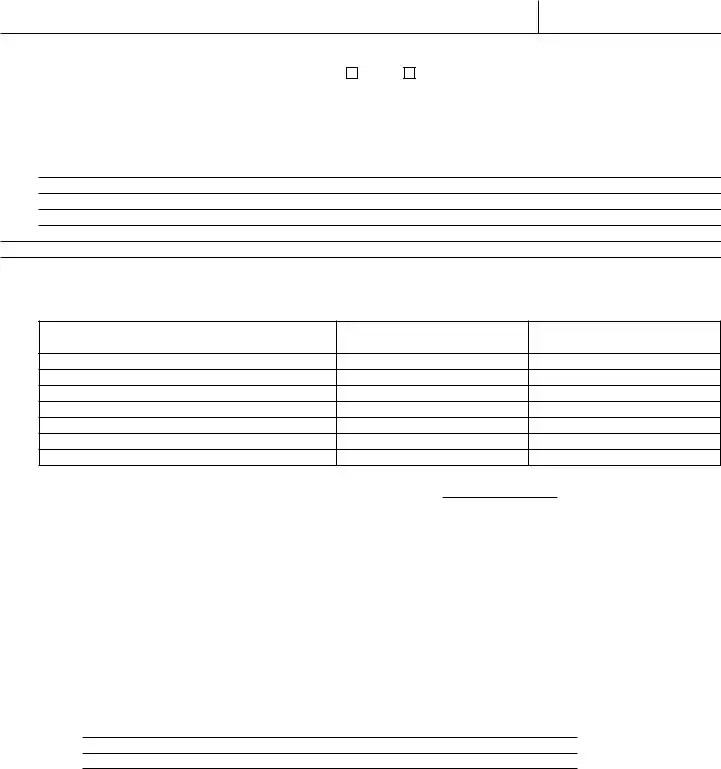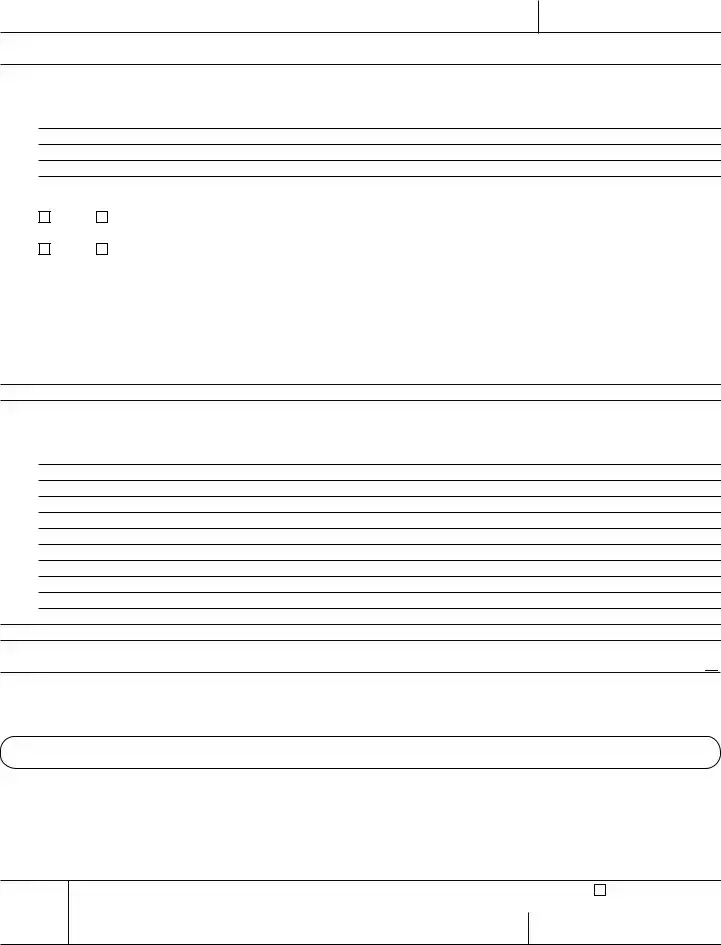IMPORTANT THINGS YOU SHOULD KNOW
•Do not file this form with your tax return. See Where To File in the instructions.
•See the instructions for this form and Pub. 971, Innocent Spouse Relief, for help in completing this form and for a description of the factors the IRS takes into account in deciding whether to grant innocent spouse relief. The Form 8857 instructions and Pub. 971 are available at www.irs.gov.
•Attach the complete copy of any document requested or that you otherwise believe will support your request for relief.
•The IRS is required by law to notify the person listed on line 6 that you have requested this relief. That person will have the opportunity to participate in the process by completing a questionnaire about the tax years you enter on line 3 (the years for which you want innocent spouse relief).
•The IRS will not disclose the following information: your current name, address, phone numbers, or employer(s).
•Note: If you petition the Tax Court to review your request for relief, the Tax Court may only be allowed to consider information you or the person on line 6 provided us before we made our final determination, additional information we included in our administrative file about your request for relief, and any information that is newly discovered or previously unavailable. Therefore, it is important that you provide us with all information you want us or the Tax Court to consider.
Note: If you need more room to write your answer for any question, attach more pages. Be sure to write your name and social security number on the top of all pages you attach.
Part I Should you file this form?
Generally, both taxpayers who file a joint return are responsible, jointly and individually, for paying any tax, interest, or penalties from your joint return. If you believe the person with whom you filed a joint return should be solely responsible for an erroneous item or an underpayment of tax from your joint tax return, you may be eligible for innocent spouse relief.
Innocent spouse relief may also be available if you were a resident of a community property state (see list of community property states in the instructions) and did not file a joint federal income tax return and you believe you should not be held responsible for the tax attributable to an item of community income.
1 Do either of the paragraphs above describe your situation?
Yes. You can file this Form 8857. Go to line 2.
No. Do not file this Form 8857, but go to line 2 to see if you can file a different form.
2Did the IRS take your share of a joint refund from any tax year to pay any of the following past-due debt(s) owed ONLY by the person listed on line 6?
• Child support |
• Spousal support |
• Student loan (or other federal nontax debt) |
• Federal or state taxes |
Yes. You may be able to get back your share of the refund. See Form 8379, Injured Spouse Allocation, and its instructions. Go to line 3 if you answered “Yes” to line 1.
No. Go to line 3 if you answered “Yes” to line 1. If you answered “No” to line 1, do not file this form.
3If you determine you should file this form, enter each tax year you want innocent spouse relief. It is important to enter the correct year. For example, if the IRS used your 2020 income tax refund to pay a 2018 joint tax liability, enter tax year 2018, not tax year 2020.
Tax Year |
|
Tax Year |
|
Tax Year |
Tax Year |
|
Tax Year |
|
Tax Year |
Part II Tell us about yourself and the person listed on line 6 for the tax years you want relief.
4Is English your primary or preferred language? 
 Yes.
Yes.

 No. If “No,” what is your primary or preferred language?
No. If “No,” what is your primary or preferred language?
5 Your current name (see instructions) |
Your social security number |
Address where you wish to be contacted. Check here if you want the IRS to send all mail for you, including legal notices, to this address (see instructions): . . . . . . . . . . . . . . . . . . . . . . . . . . . . . . 
|
Number and street or P.O. box |
|
Apt. no. |
County |
|
|
|
|
|
|
City, town or post office, state, and ZIP code. If a foreign address, see instructions. |
Best or safest daytime phone |
|
|
|
number (between 6 a.m. and |
|
|
|
5 p.m. Eastern time) |
|
|
|
|
|
|
|
|
Check here if you consent to |
|
|
|
the IRS leaving a voicemail |
|
|
|
message at this number ▶ |
|
|
|
|
|
For Privacy Act and Paperwork Reduction Act Notice, see instructions. |
Cat. No. 24647V |
|
Form 8857 (Rev. 6- |
2021) |
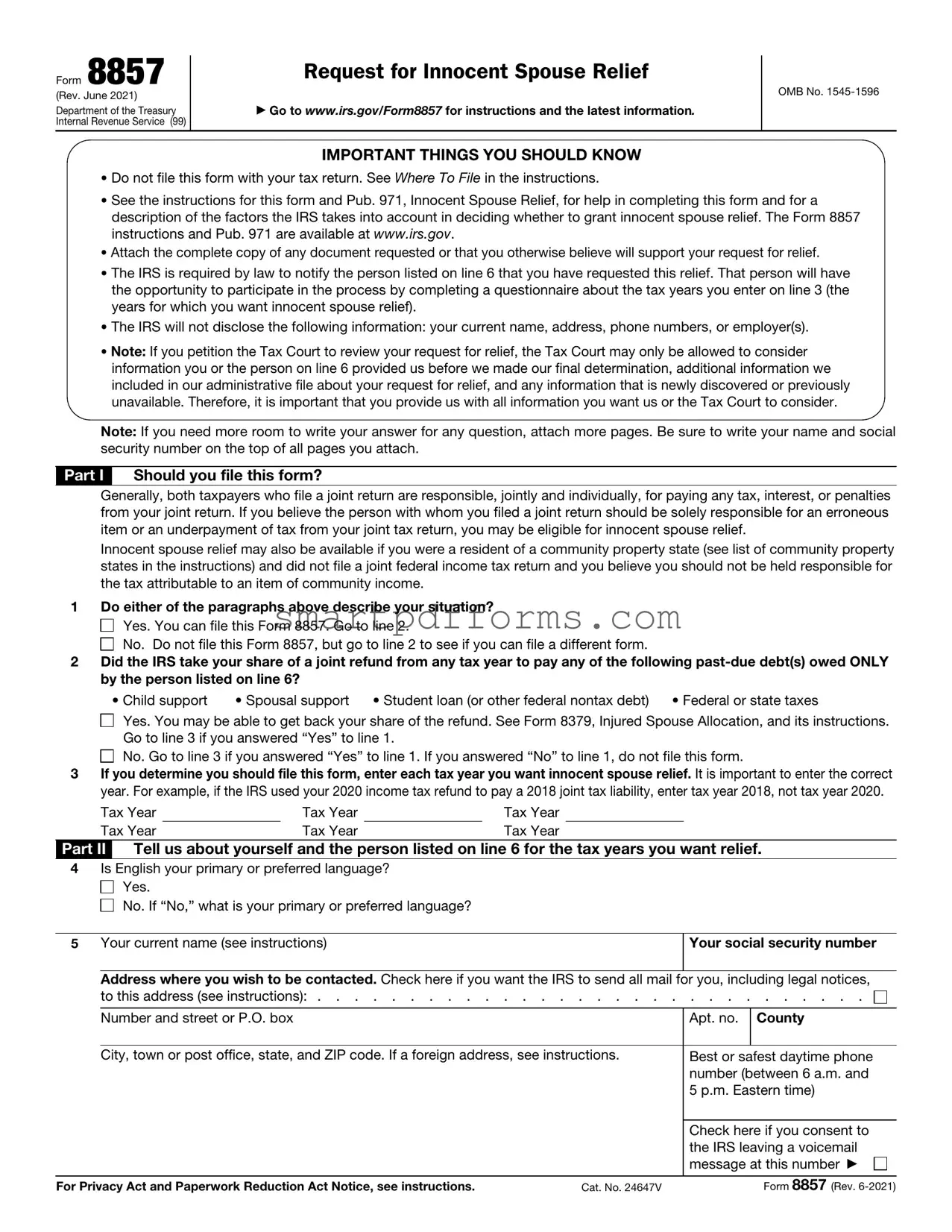
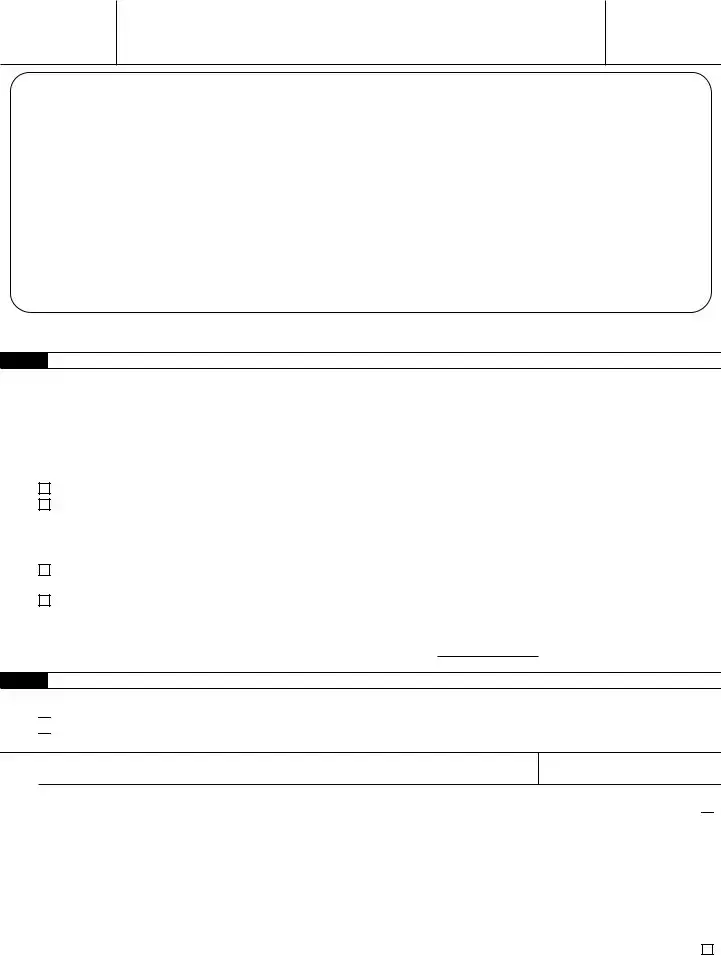

 Yes.
Yes.
 No. If “No,” what is your primary or preferred language?
No. If “No,” what is your primary or preferred language?
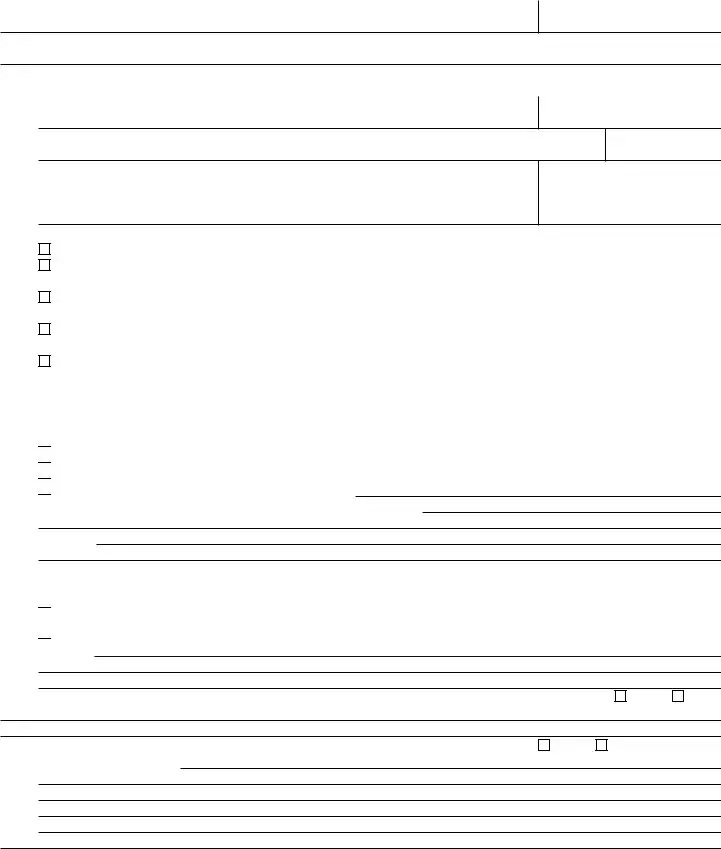
 Did not complete high school
Did not complete high school High school diploma or equivalent
High school diploma or equivalent Some college
Some college College degree or higher. List any degrees you have
College degree or higher. List any degrees you have 
 Yes. Attach a statement to explain the problem and when it started. Provide photocopies of any documentation, such as medical bills or a doctor’s report or letter.
Yes. Attach a statement to explain the problem and when it started. Provide photocopies of any documentation, such as medical bills or a doctor’s report or letter.
 No. Explain
No. Explain 
